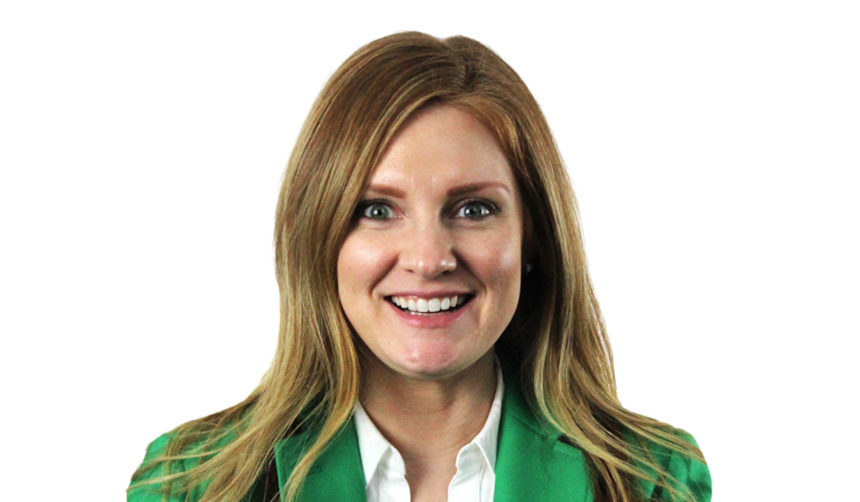
Although circumstances have improved for senior living since the rollout of the coronavirus vaccines, many senior living communities are still struggling with staff shortages.
In a recent survey, 94% of nursing homes and 81% of assisted living communities responded that they had experienced a staff shortage in the past month resulting in employees working overtime or extra shifts. And now that the number of people receiving vaccines has slowed, the COVID-19 delta variant is spreading and the omicron variant looms, it will be an even bigger challenge to keep older adults safe in the fall and winter amid staffing shortages.
To enhance both staff and resident outcomes, facility administrators should invest in technology solutions that improve staff efficiency and put power directly in the hands of residents. By providing more resources to both staff members and residents, facility administrators can offer a better experience while protecting the whole community.
Solving resident safety challenges is an all-in effort that takes time and resources. This is why it’s important to not only invest in technology, but to invest in the right technology.
Most senior living communities already are outfitted with a variety of systems, from door access control to security cameras. For a senior living community to get the most out of its current systems, it should invest in a platform that can tie together all of its existing technology to create a holistic safety solution. With an automated alerting platform, administrators can unify all of the systems so that staff members can be alerted immediately when a triggering event occurs. For example, if a door left open triggered the door access control system, then an alert would be sent out immediately to the proper individuals through the automated alerting platform.
The automated alerting platform also can pull in information from additional systems, such as the security cameras closest to the door that triggered the alert. Those alerts are sent to the proper individuals via phone calls, text messages, emails, desktop pop-ups and mobile dashboard notifications, and they even can be announced over a PA system. This redundancy ensures that the problem is handled as quickly as possible.
With a staffing shortage, it also can ensure that staff members are spreading their duties evenly, to improve workflow. For instance, residents’ duress buttons can be tied into the automated alerting platform to inform staff members that residents need help or assistance. Those alerts can be assigned to go out to a group of specific staff members. Once one of the staff members accepts the alert on his or her device, the alert is cleared for everyone else. This ensures that the resident receives prompt care and that multiple staff members aren’t responding unnecessarily.
Another great solution for senior living communities to improve workflow and quality of life for residents is an in-room portal. With an in-room portal, residents can access a variety of informational and self-service options, to do things such as order food, schedule transportation, view the activities calendar, sign-up for programs, and more.
When residents are able to access those services themselves, they don’t need to use staff members’ time. For example, residents often are interested in when the mail arrives at the community, and rather than calling repeatedly into the front desk, they can simply check their in-room portal to see whether the mail has arrived.
Such simple changes can free up valuable time for staff members to complete other tasks.
By providing technology solutions such as an automated alerting platform and an in-room portal, senior living communities not only can help meet the challenge of working with a staff shortage; they also can improve resident outcomes.
During this time, facility administrators need to keep resident care front of mind for three reasons: it enhances residents’ overall experience, assists with retention efforts, and is a crucial point of differentiation among those looking for a place to stay. So when making these important investments, administrators should ensure that they are thinking of their staff members, residents and the overall safety plan.
Danielle Myers is general manager at Status Solutions.
The opinions expressed in each McKnight’s Senior Living marketplace column are those of the author and are not necessarily those of McKnight’s Senior Living.


